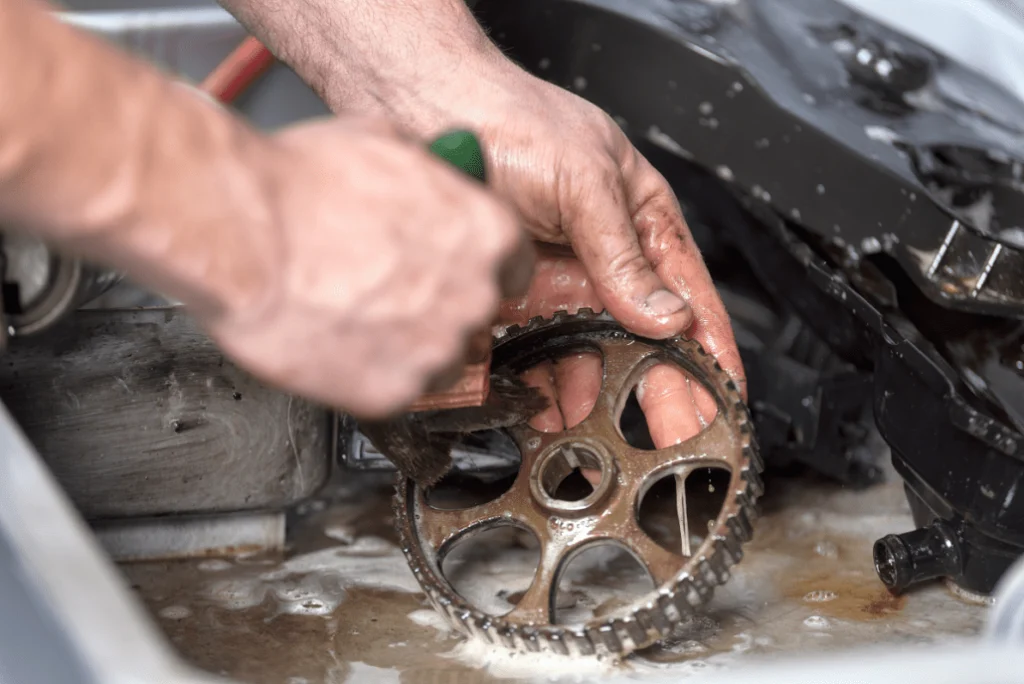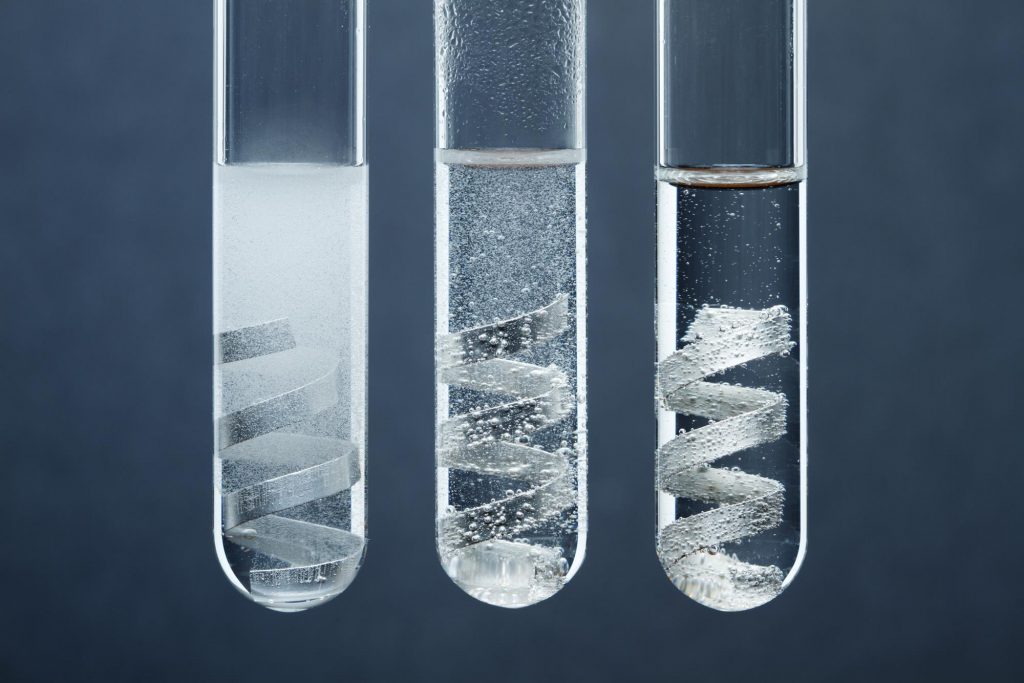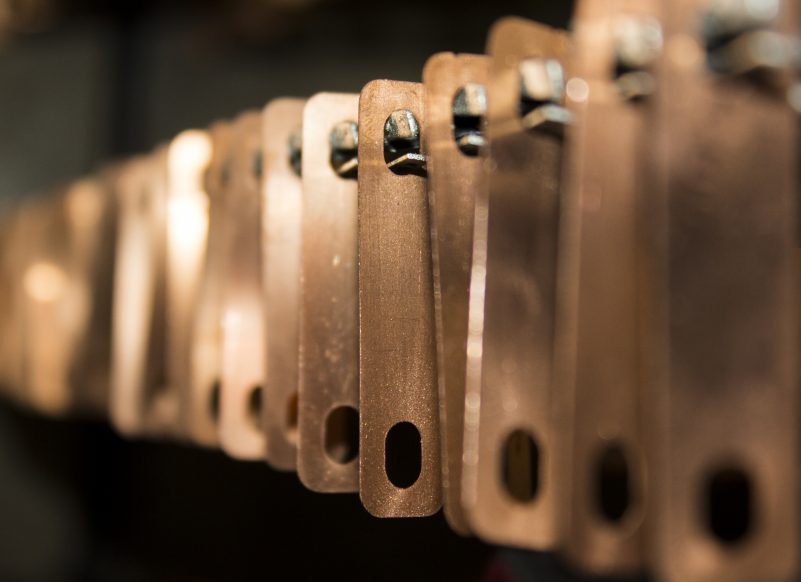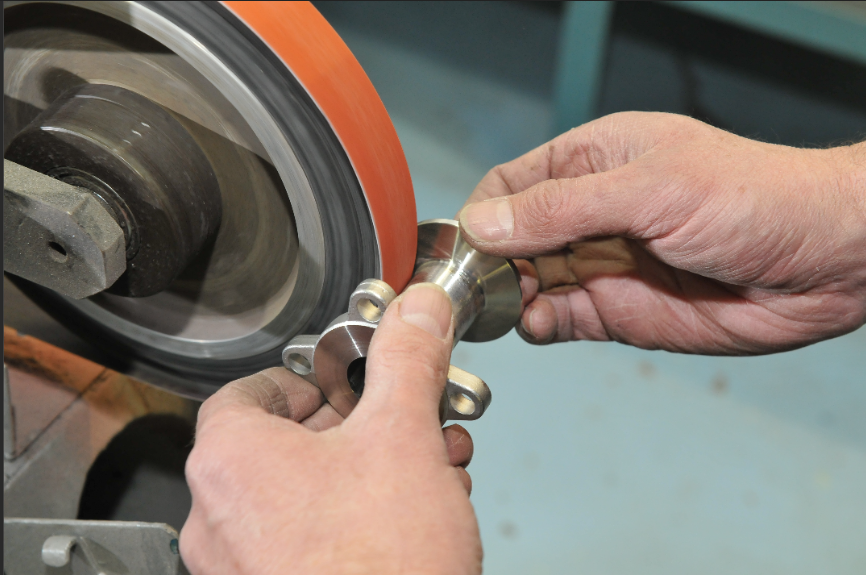Electroplating
Understanding Electroplating
Electroplating is a process that has been utilized for over a century to provide corrosion resistance to steel and iron parts. As our industries and technologies have advanced, the need for durable, long-lasting components has only increased, making processes like zinc electroplating even more vital.
What is Zinc Electroplating?
Zinc electroplating involves depositing a thin layer of zinc onto the surface of another metal, primarily steel or iron, by immersing the metal part into an electrolyte solution and applying an electrical current. This process uses the principle of electrodeposition where the metal to be plated (in this case, zinc) is reduced from its cationic form to its metallic form and deposited onto the cathode (the part to be plated).
Why Use Zinc Electroplating?
Corrosion Protection
Decorative Finish
Adhesive Ability
Cost-Effective
A zinc coating acts as a barrier and even if it gets scratched, it continues to offer protection through a process called “sacrificial corrosion”. This means the zinc corrodes preferentially, safeguarding the underlying metal.
Zinc can be plated to various levels of brightness and can also be dyed to offer a range of colors, making it suitable for decorative purposes.
Zinc provides an excellent base for painting or chromating, enhancing the bonding of paint and reducing the likelihood of peeling.
The raw materials and equipment for zinc electroplating are relatively inexpensive, making it a cost-effective way of enhancing the life of components.
Zinc Electroplating Processes

Step 1: Cleaning
Before the electroplating process, the substrate must be thoroughly cleaned to remove any dirt, oil, rust, or oxides. This is usually done through ultrasonic cleaning, acid cleaning, or abrasive cleaning.

Step 2: Activation
Once cleaned, the substrate is activated using an acid dip to prepare it for the zinc deposition.

Step 3: Plating
The substrate is immersed in the electrolyte solution, typically a zinc salt solution, and an electric current is applied. The zinc cations in the solution migrate towards the cathode (substrate) where they are reduced to zinc metal and get deposited onto the substrate.

Step 4: Post-Treatment
After plating, the component might be passivated to enhance its corrosion resistance. It could also undergo processes like chromating, phosphating, or sealing for additional benefits.

Zinc electroplating continues to be a preferred method for enhancing the durability and appearance of metal components. Whether you’re in the automotive, construction, or any other industry relying on metal parts, considering zinc electroplating can lead to longer-lasting, more resilient components.
Ready to Elevate Your Finish? Let's Achieve the Perfect Shine, together .
Elevate your product’s finish with our expert electroplating. Experience unmatched quality and shine for standout results. Let’s begin.
© 2021 All Rights Reserved.

